Function ReduceToRREF(matrixRange As Range) As Variant
Dim matrix As Variant
Dim rowCount As Long
Dim colCount As Long
Dim lead As Long
Dim r As Long
Dim c As Long
Dim i As Long
Dim multiplier As Double
matrix = matrixRange.Value
rowCount = UBound(matrix, 1)
colCount = UBound(matrix, 2)
lead = 1
For r = 1 To rowCount
If colCount < lead Then Exit For
i = r
While matrix(i, lead) = 0
i = i + 1
If rowCount < i Then
i = r
lead = lead + 1
If colCount < lead Then Exit For
End If
Wend
If i <> r Then
For c = lead To colCount
matrix(r, c) = matrix(r, c) + matrix(i, c)
Next c
End If
multiplier = matrix(r, lead)
For c = lead To colCount
matrix(r, c) = matrix(r, c) / multiplier
Next c
For i = 1 To rowCount
If i <> r Then
multiplier = matrix(i, lead)
For c = lead To colCount
matrix(i, c) = matrix(i, c) - multiplier * matrix(r, c)
Next c
End If
Next i
lead = lead + 1
Next r
ReduceToRREF = matrix
End Function
I thought this was a great solution, and it does seem to work properly in most cases. However, I've run into an example where it fails:
This:
Any ideas on what might be going wrong?
I also tried taking the RREF of just the first three rows of the matrix, and that works as expected. What's going on?



